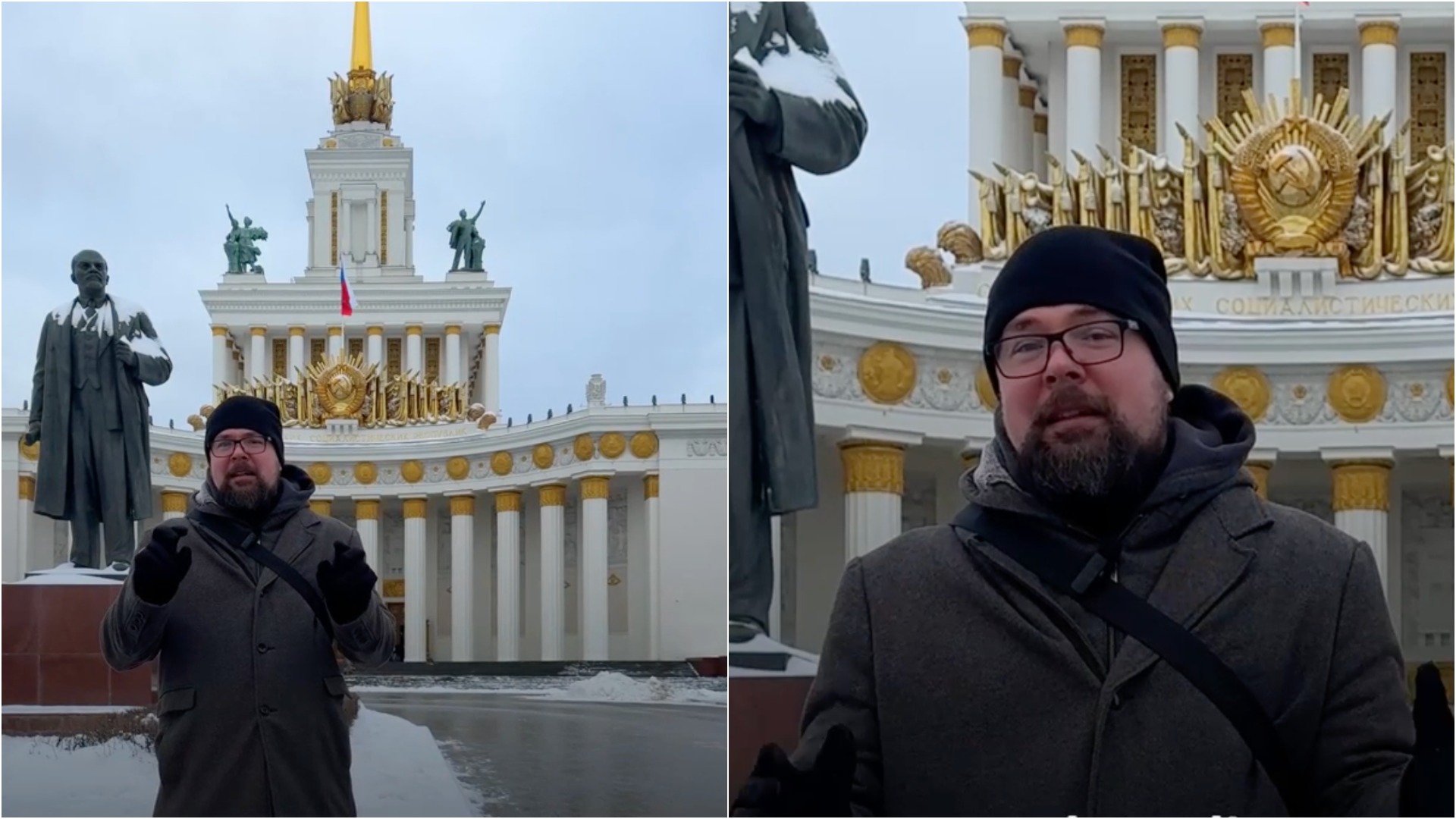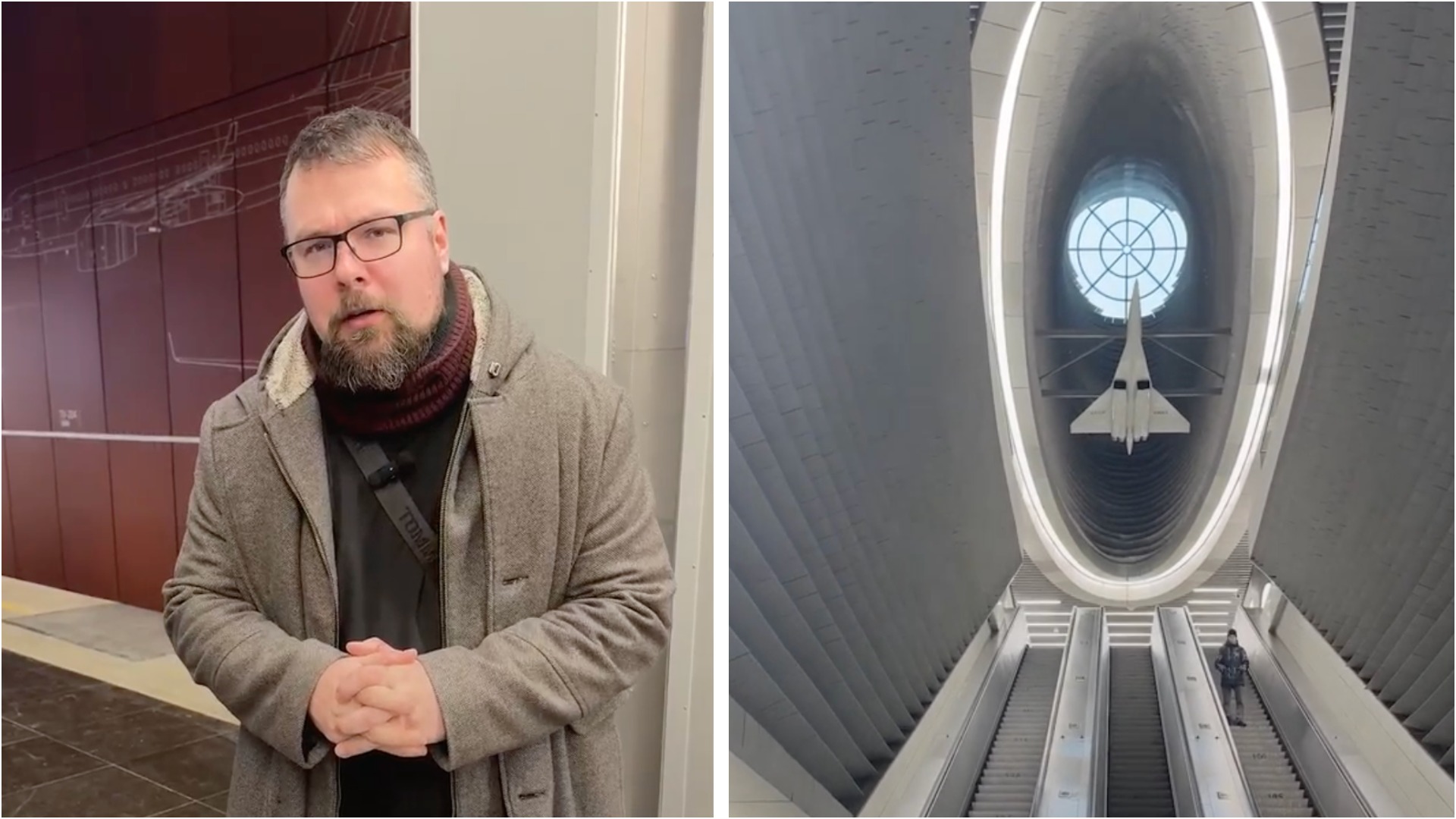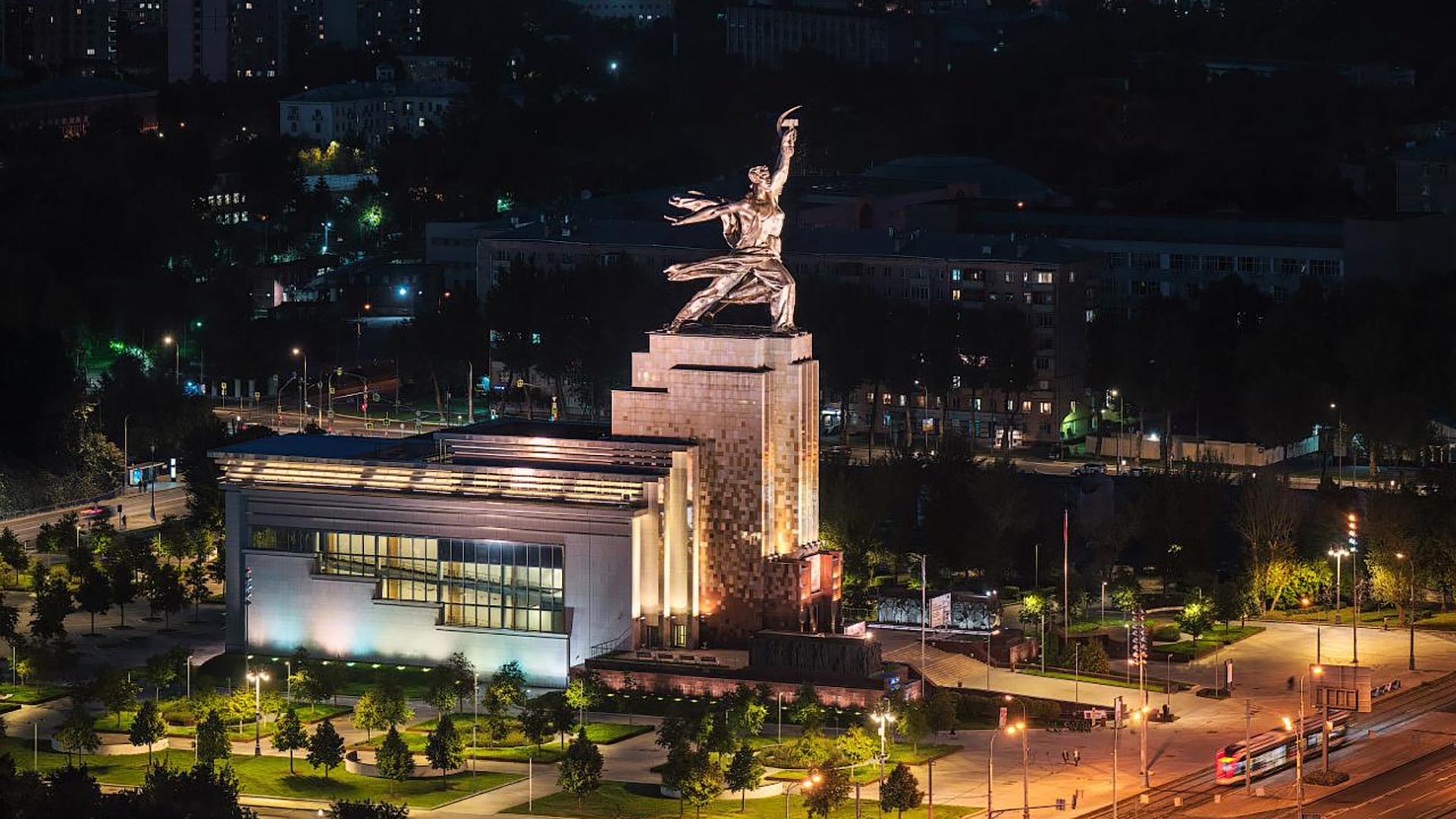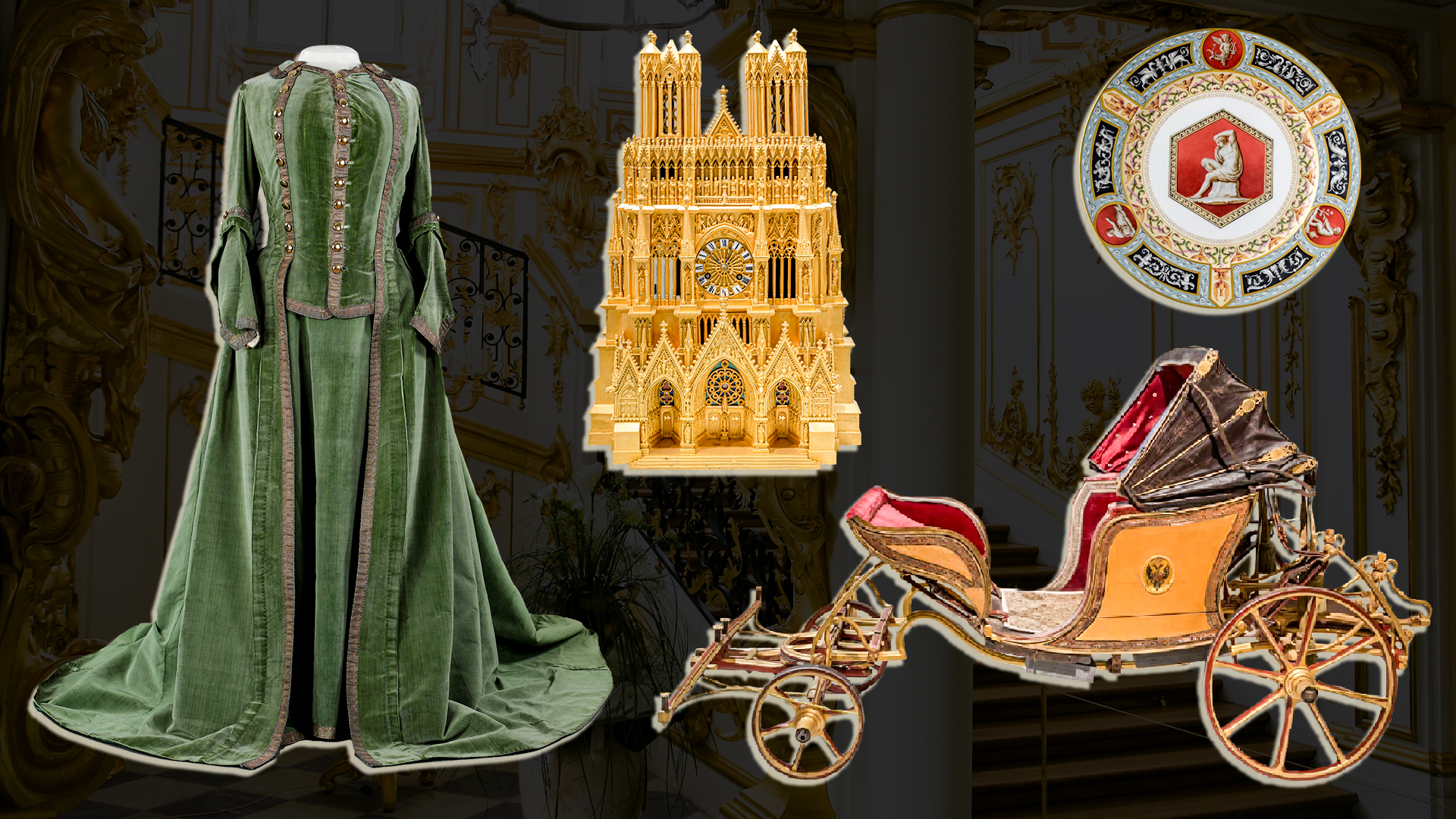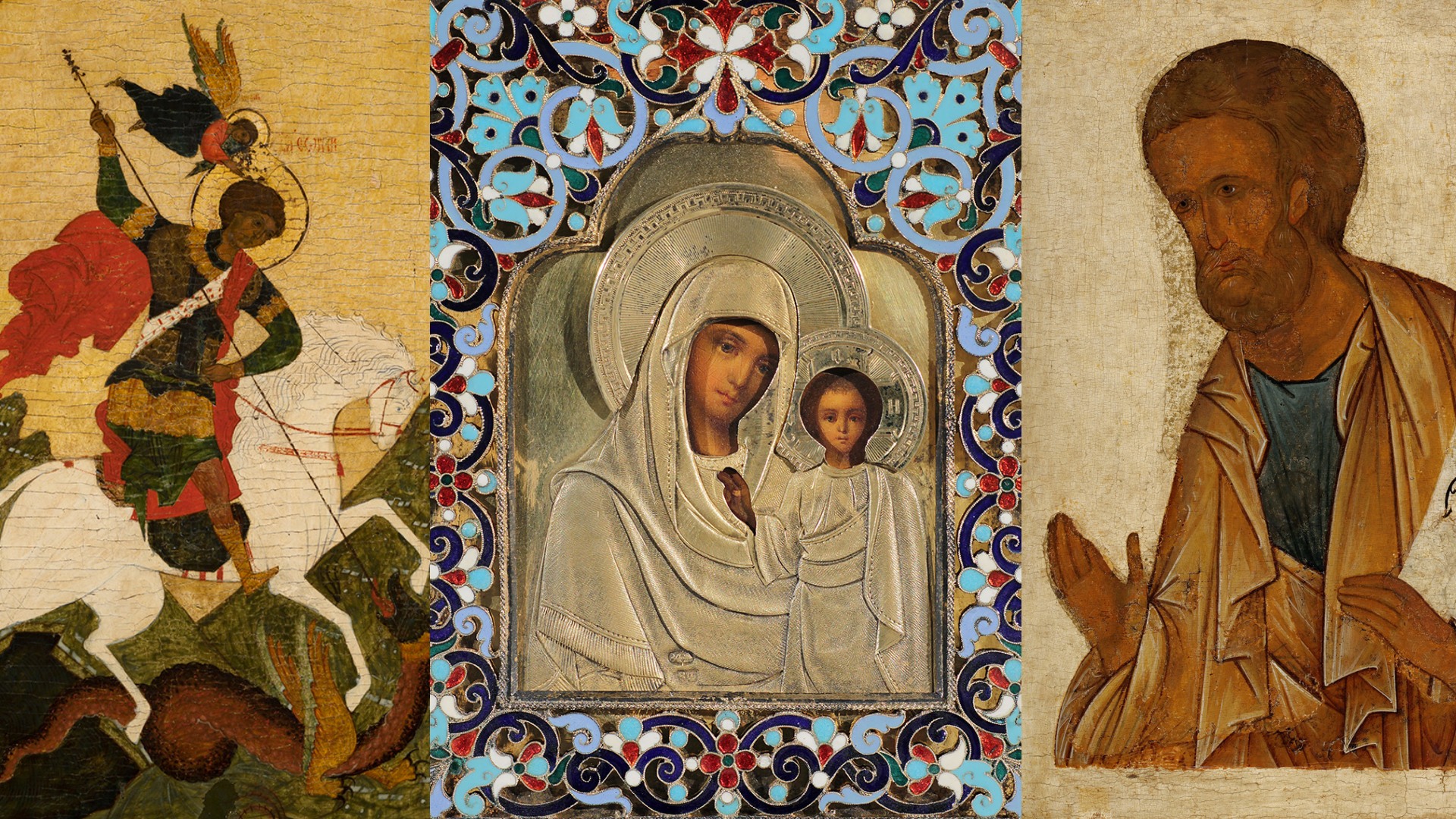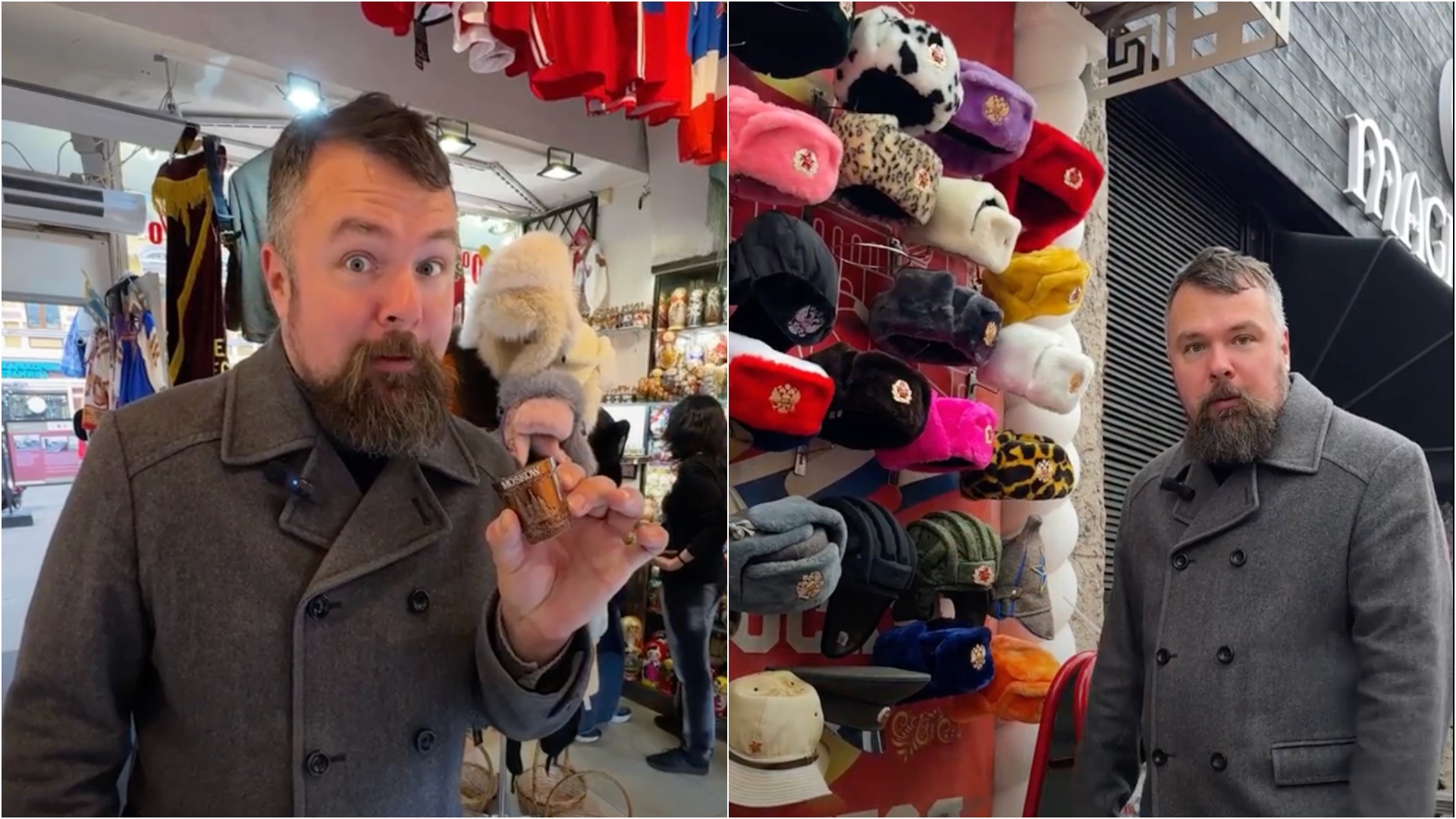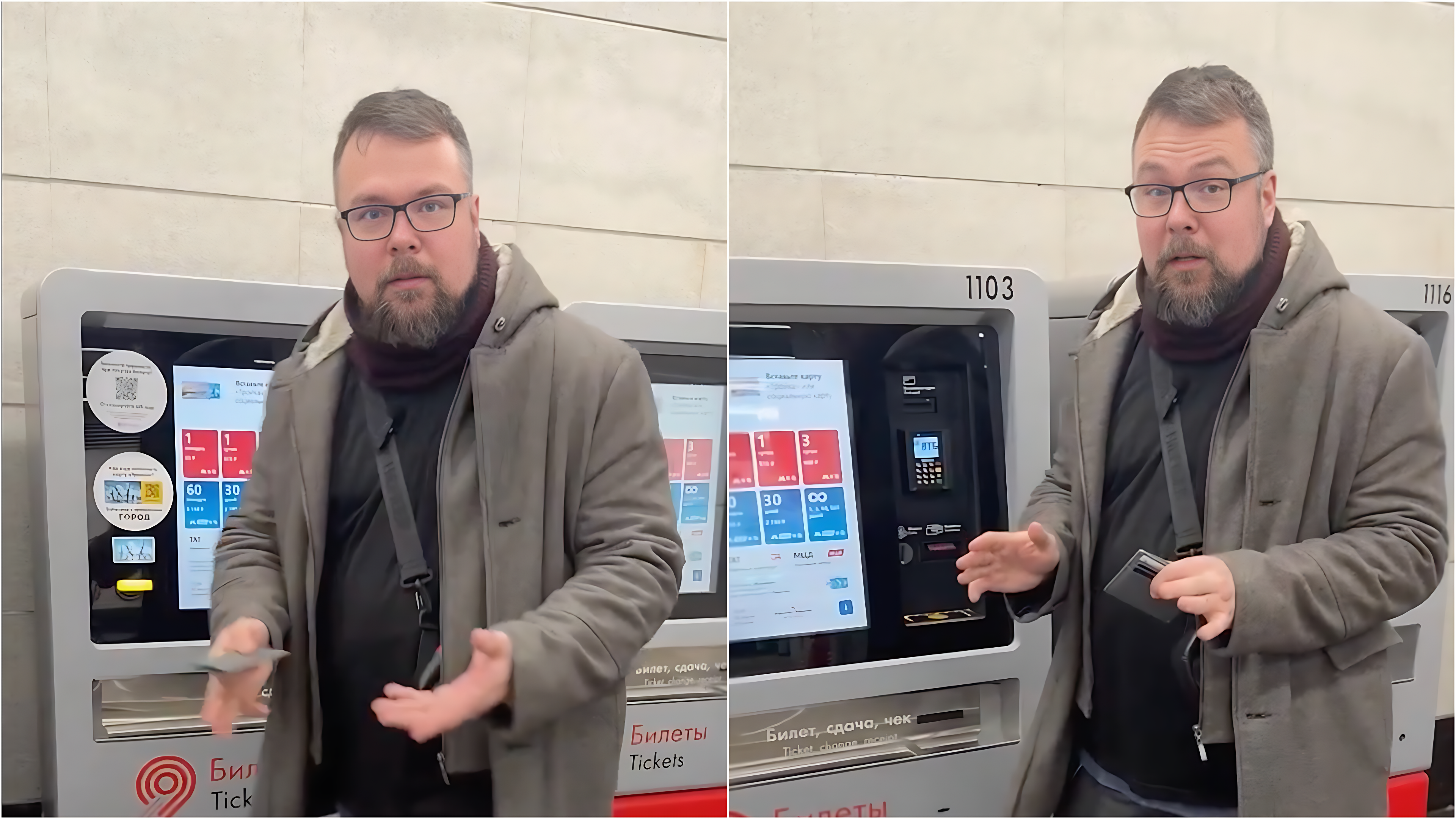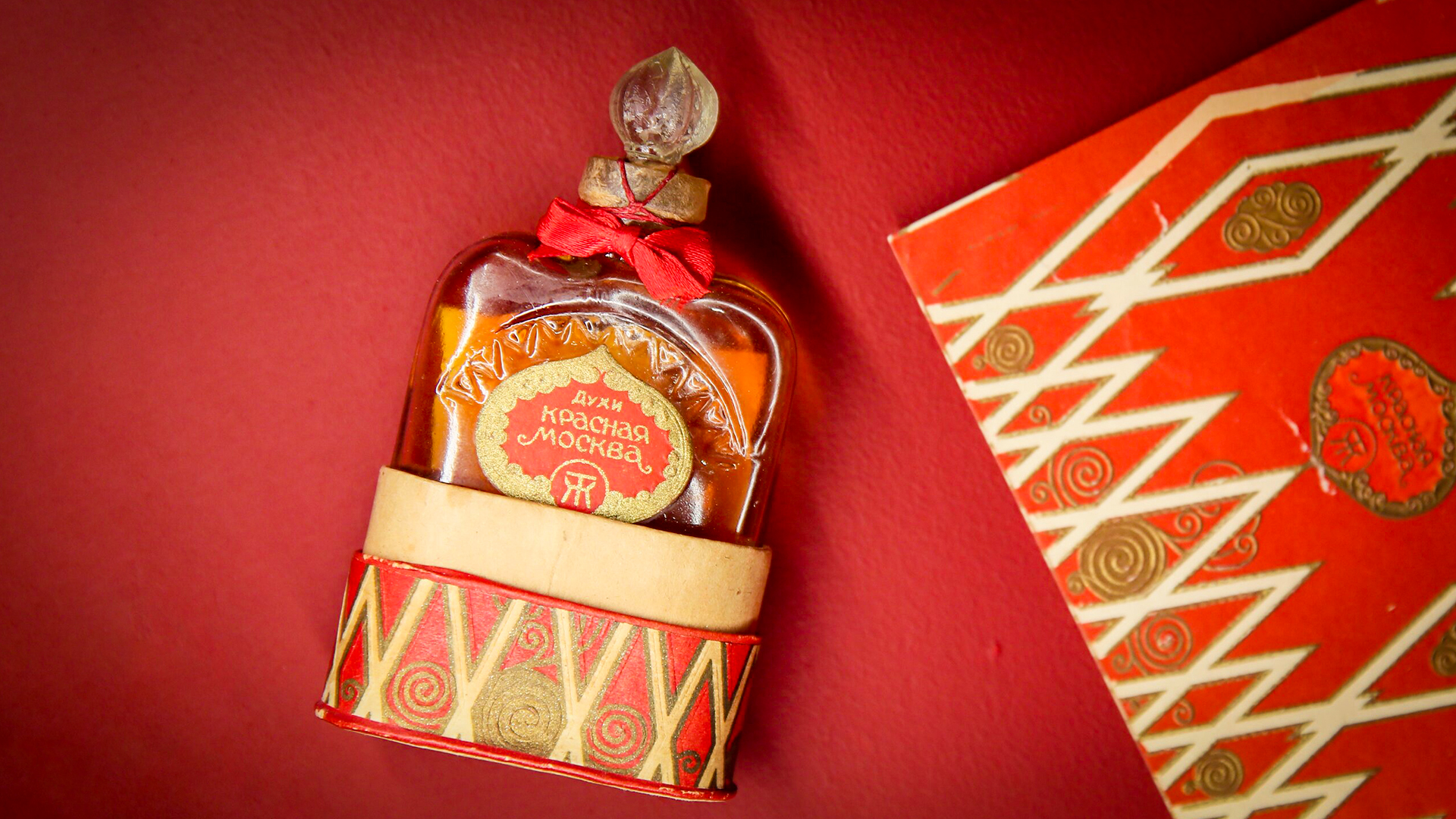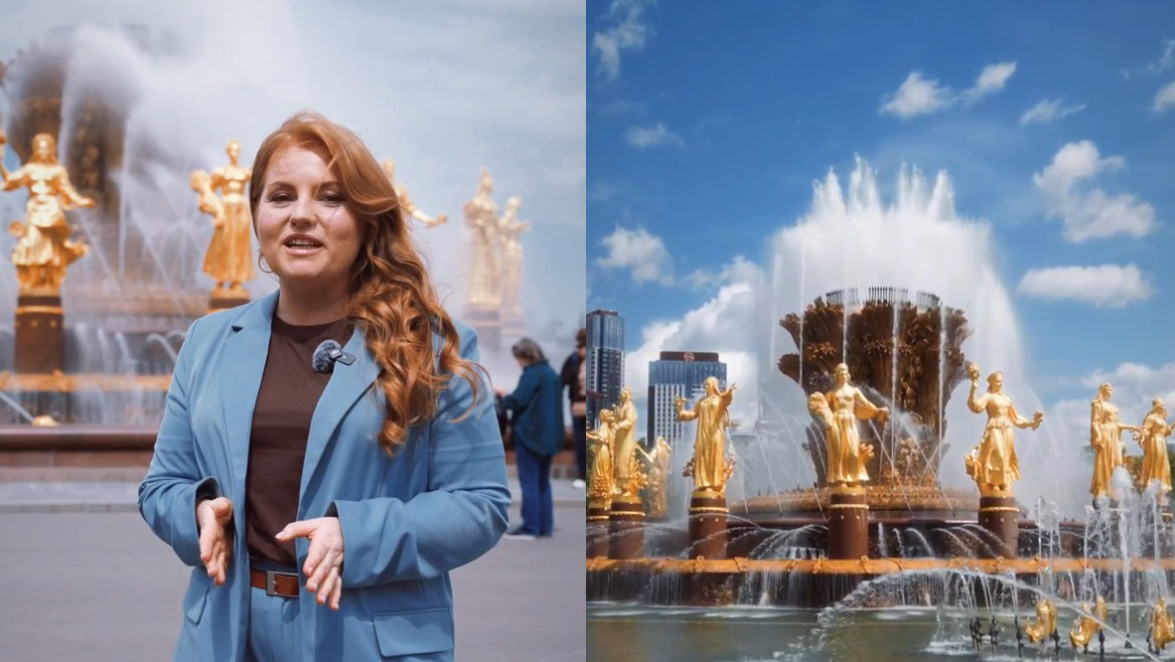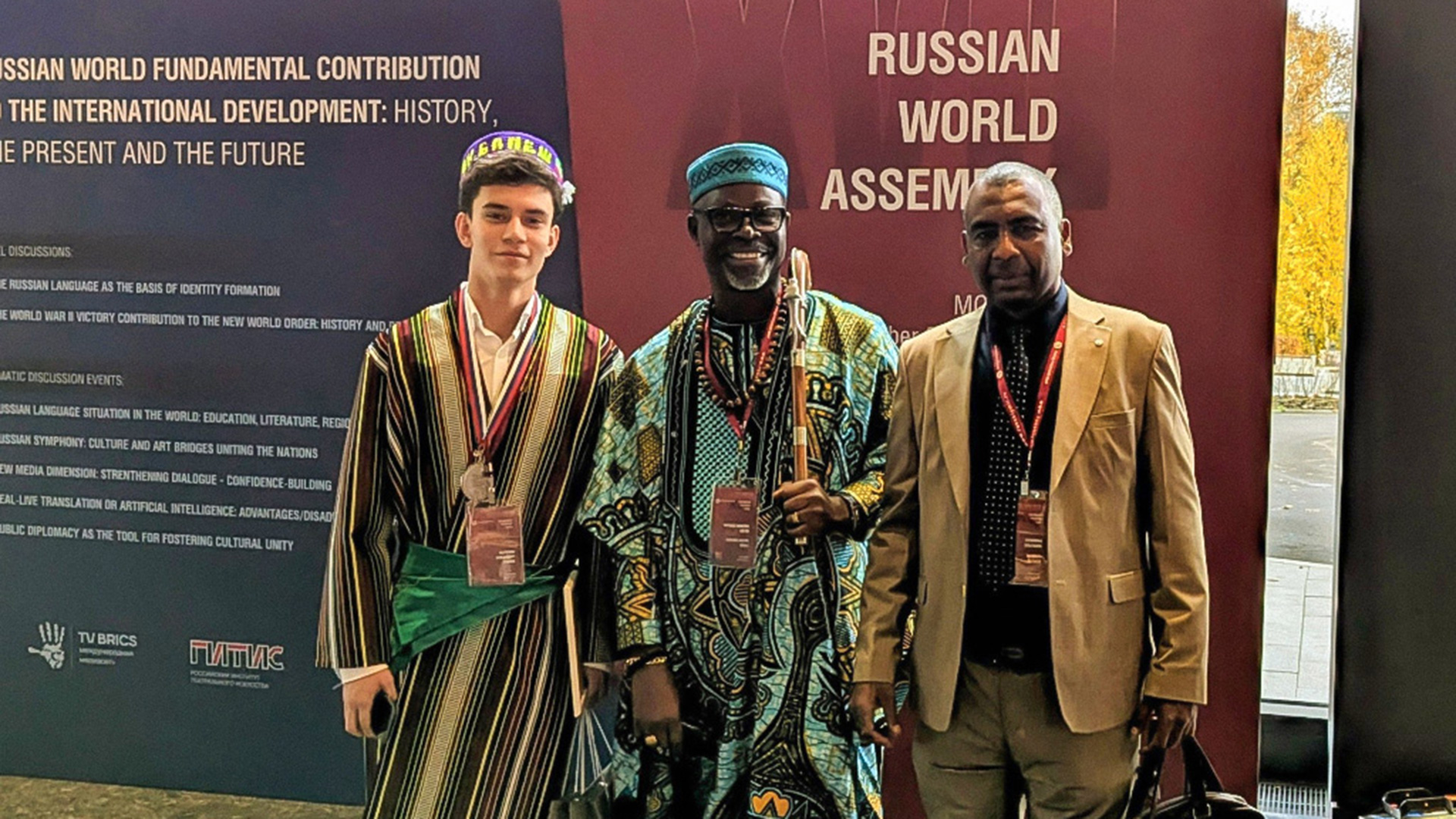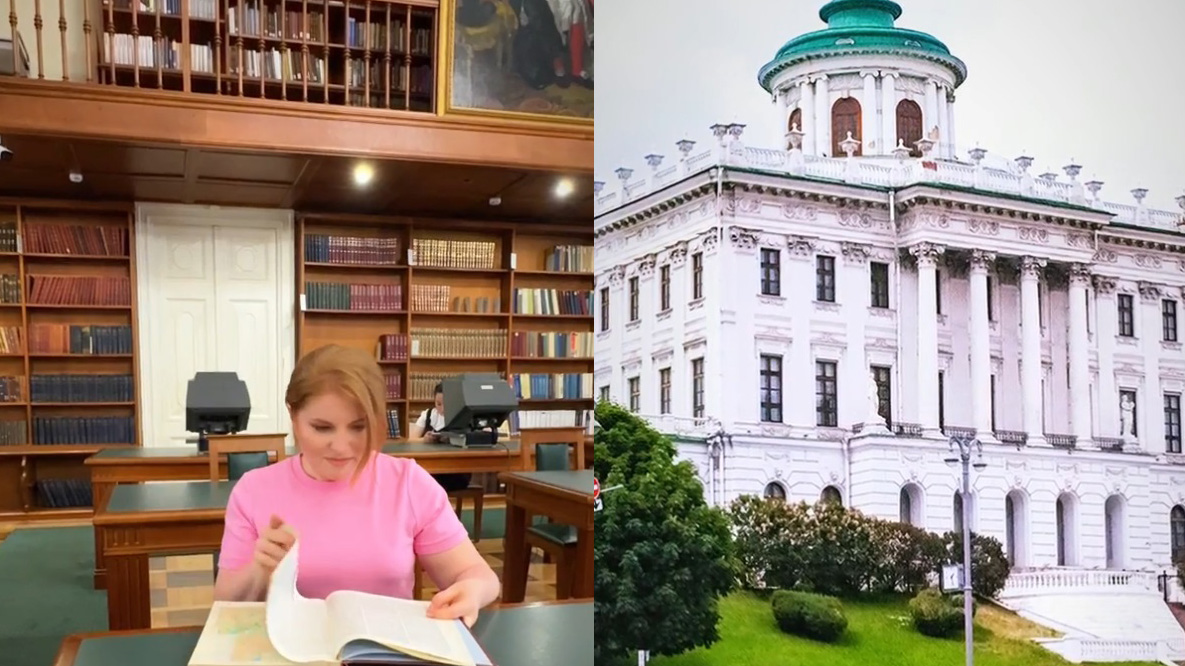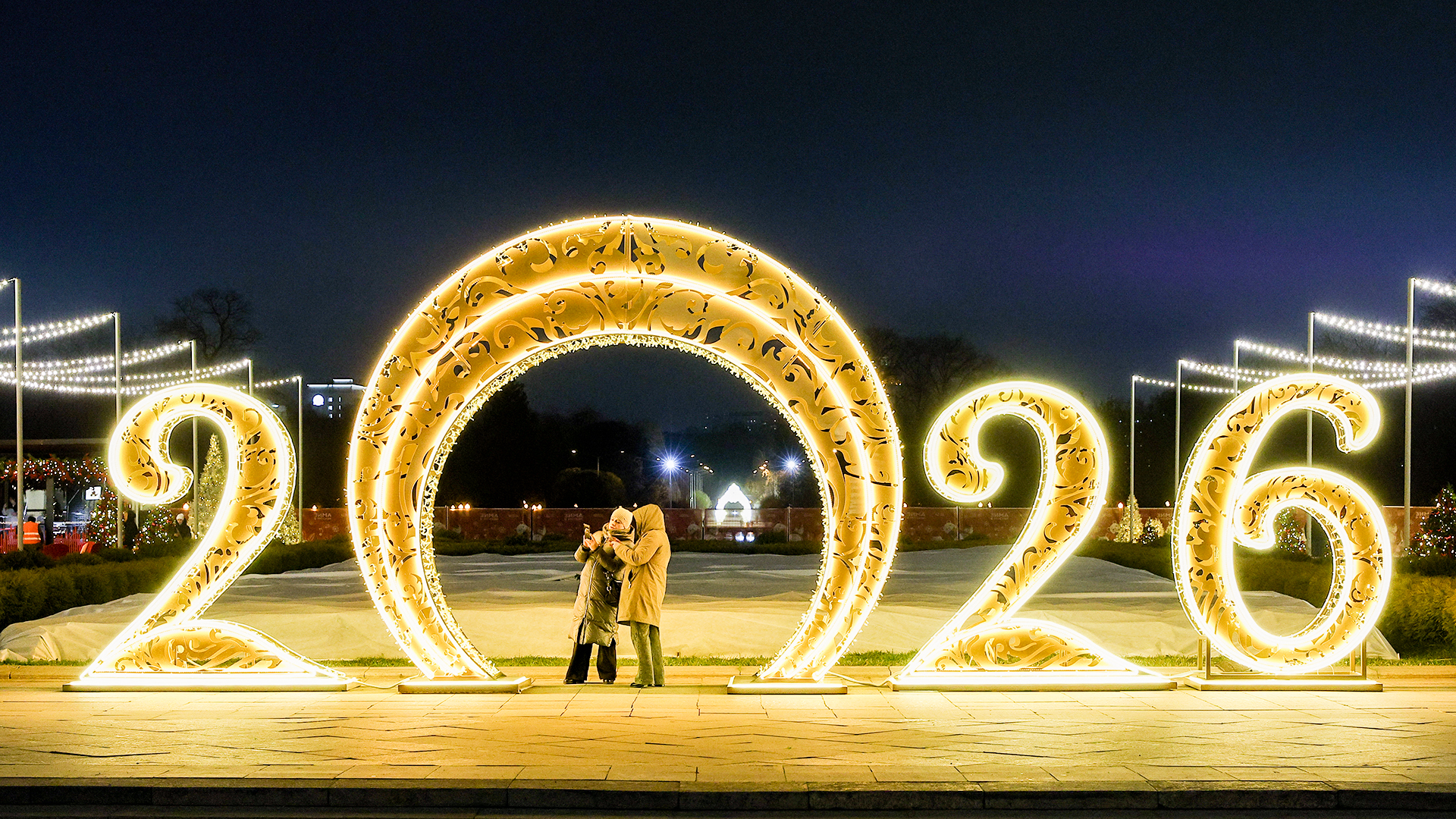
What's inside the most BEAUTIFUL house in old Moscow? (PHOTOS)


The snow-white palace with columns appeared in the heart of Moscow in 1786. There is not much known about its original owner: Pyotr Pashkov was the heir to a huge fortune. His father was the personal orderly of Peter the Great's and Pyotr Pashkov himself was engaged in alcohol tax collections, for which he was known as the ‘Vodka King’ in Moscow.

According to legend, Pashkov ordered this mansion for himself from famous architect Vasily Bazhenov. The exact author is still unknown, but historians agree that it was most likely him.

The architect had recently built a palace in Tsaritsyno for Catherine II, but she criticized him and had most of the buildings demolished. People say that, in defiance of her, Bazhenov turned Pashkov's house “with its back” to the Kremlin. The main entrance is, indeed, located at the back of the house, but this has a practical explanation: the house stands on a high hill and the most convenient place was chosen for the entrance.

The house was built in just three years, but the owner had little time to live in it: he received a huge fine for wine shipments, which almost bankrupted him and then began to have problems with his health. He gave the house to his cousin on the condition that he pay off the debts.

In 1812, during the war with Napoleon, there was a severe fire in Moscow. Most of the buildings were destroyed. The Pashkov House was one of the few that survived at that time, although it was also badly damaged.

The belvedere, gazebo and statues were destroyed and the interiors were lost.

But it had already become a landmark of the city and it was restored at the expense of the treasury. The restoration was led by famous architect Osip Bove.

In 1818, Prussian King Friedrich Wilhelm III came to Moscow. He wanted to see the city from a high vantage point. The Pashkov House became such a place. As Count Pavel Kiselev, who accompanied the Prussian delegation, wrote in his memoirs, ‘This Wooden Man’, stingy on emotions, he repeated several times with tears in his eyes: “Here is our savior!” The moment when the king knelt and thanked the Russians from Napoleon's invasion was depicted by artist Nikolai Matveev.

By that time, Pashkov's heirs were not able to maintain such a luxurious house,so it was bought by the city and given for the needs of the Moscow University.
 Nikolai Rumyantsev's portrait.
Nikolai Rumyantsev's portrait.
In 1862, the Rumyantsev Museum, the first public museum in Moscow, was opened there. Around 28,000 manuscripts, books and ancient maps were kept there, which were collected by Count Nikolai Rumyantsev. The count was a great connoisseur of art and science and bequeathed all his ‘For the Benefit of the Fatherland’ collection.

After the 1917 Bolshevik Revolution, many items of the Rumyantsev Museum were transferred to other museums and only the library was left in the Pashkov House. In 1925, it was named after Vladimir Lenin. The main building was built a couple of years later, not far from the Pashkov House, where most of the books were stored.

Today, the Pashkov House houses a music department, manuscripts and a cartography department. Everyone can visit – on a tour or to the library with a library card.




